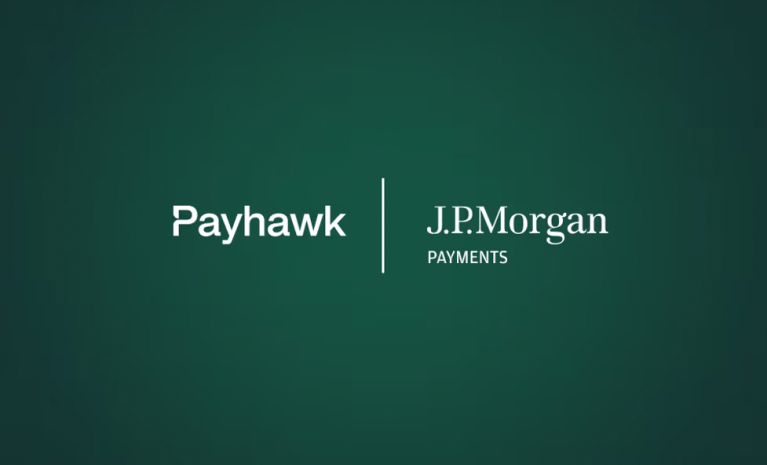
Expense management firm Payhawk launched a partnership with J.P. Morgan Payments.
The collaboration will see Payhawk use J.P. Morgan Payments’ APIs to let customers store, exchange and send money in more than 30 currencies within its platform, according to a Tuesday (Nov. 19) press release.
“With this collaboration, Payhawk, which holds EMI license status in the U.K., is set to have greater control of its payment stack and better access to payment networks, giving the company the ability to enhance its payment offering for customers,” the release said. “J.P. Morgan Payments will provide Payhawk with several banking services through its API, including access to bank accounts in multiple currencies and for the safeguarding of funds and domestic payment rails.”
These services were previously offered through intermediary Banking-as-a-Service (BaaS) providers, relying heavily on third parties, the release said.
“Our strategic focus on mid-size and enterprise customers across traditional industries requires the highest standards and trust in our banking partners,” Payhawk co-founder and CEO Hristo Borisov said in the release. “[J.P. Morgan’s] global footprint and depth of currencies enables us to deliver more features that make payments even more convenient for our multinational enterprise customers.”
Meanwhile, expense management is experiencing a “revolution,” PYMNTS wrote last month.
“However, while B2B payments are seeing expense management innovation, many firms are using legacy infrastructure and traditional rails for payments that have yet to fully support the latest in digital payment innovation,” the report said. “For companies with extensive legacy systems, the transition to a modern B2B payment platform requires time, investment and operational overhaul.”
And even though new, artificial intelligence-powered expense management tools can optimize internal processes, their impact is ultimately held back by the traditional payments infrastructure on which many incumbents still depend.
Speaking with PYMNTS in April, Thredd Head of Propositions and Partnerships Jonathan Vaux said corporate solutions have progressed, but they often lag behind consumer-centric offerings.
“There are lots of great things about card rails, but you’re trying to force the message into the message structure of the card, as opposed to using separate data API processes,” Vaux said. “Fundamentally, a lot of the technology now exists that didn’t exist 20 years ago that could enable a more optimized experience.”
For all PYMNTS B2B coverage, subscribe to the daily B2B Newsletter.